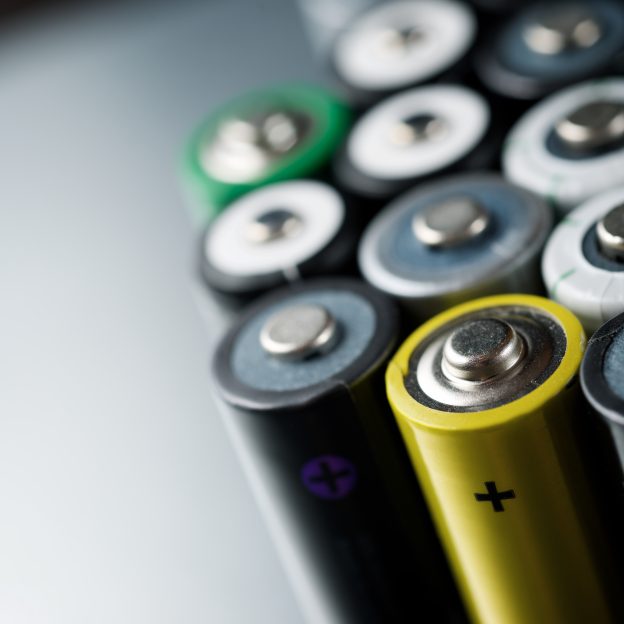The industry is currently at the sensitive stage where upstream polysilicon continues to release in provision, and periodic demand is soon to be diminished. Polysilicon businesses, due to their on-going delivery of previous orders, are not willing in active reduction for prices and shipment, while wafer businesses are considering on a decrement of operation owing to the declining wafer prices and the target in rigorous inventory control, and are only willing to implement procurement based on a minimum level of inventory. As a result, long-term orders among major businesses are temporarily halted, however, the use of words such as “avalanche, plummeting, and zero interests” by a segment of media is obviously a misinterpretation on the current status of the polysilicon market.
Low-quality polysilicon has been loosened and disrupted in prices for quite some time now, and it is only normal in seeing an expanded scope of fluctuations for sporadic product prices due to truncation from a number of traders with the imminent arrival of a subversion for market activities and long-term order prices. Polysilicon businesses have been quoting long-term orders with the prices of sporadic orders amidst the cycle of rising polysilicon prices, though the comprehensive level of concluded transactions is essentially attributable to how the midstream industry chain and end demand are still able to endure the prices, and it is evident that polysilicon businesses will not quote their long-term orders based on the truncated prices offered by traders during a period of price subsidence, which is why the concluded prices of long-term orders will still depend on the endurance of wafer capacity.
The current standstill between polysilicon and wafer businesses is at the verge of saturation. We expect concluded prices of mainstream orders for December to clear up very soon, and have interpreted two possible trends for polysilicon prices throughout the next quarter: 1) a drastic reduction in the cycle of order conclusions (going from a month worth of procurement to a week worth or less for each order), with a gradual and marginal reduction before the end of the year, followed by an accelerated reduction to RMB 200-250K during Q1 next year that will stimulate a release of module orders priced at RMB 1.8-1.9, which would provide a support for price stabilization, and 2) a swift decrement to around RMB 250K (corresponding module prices could be lowered to RMB 1.85-1.9) within two weeks that will trigger a wave of shipment and replenishment peak before Chinese New Year, which may result in a price stabilization or even rebound, before continuously falling back during Q1. We are more convinced on the likelihood of the first trend.







